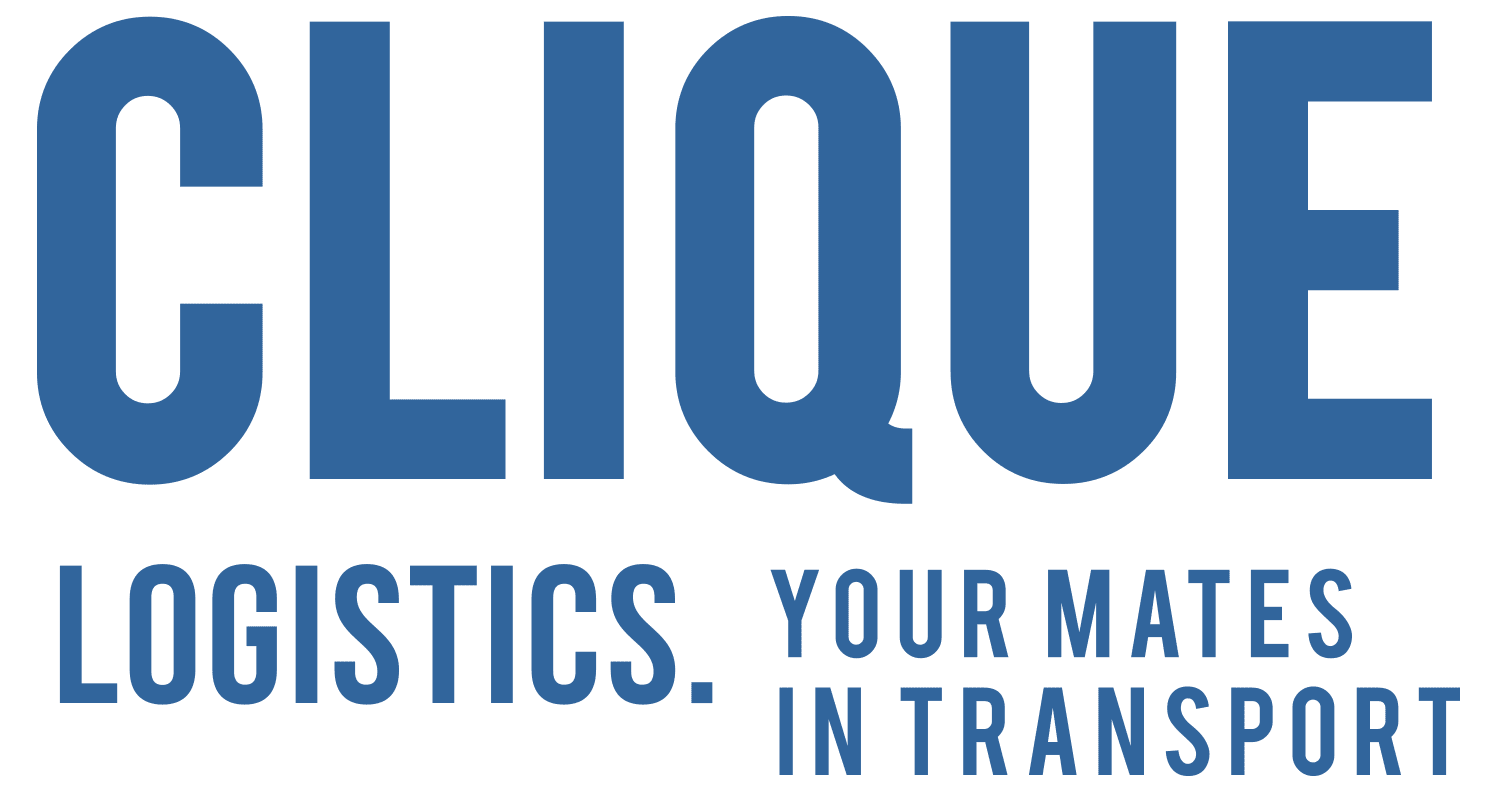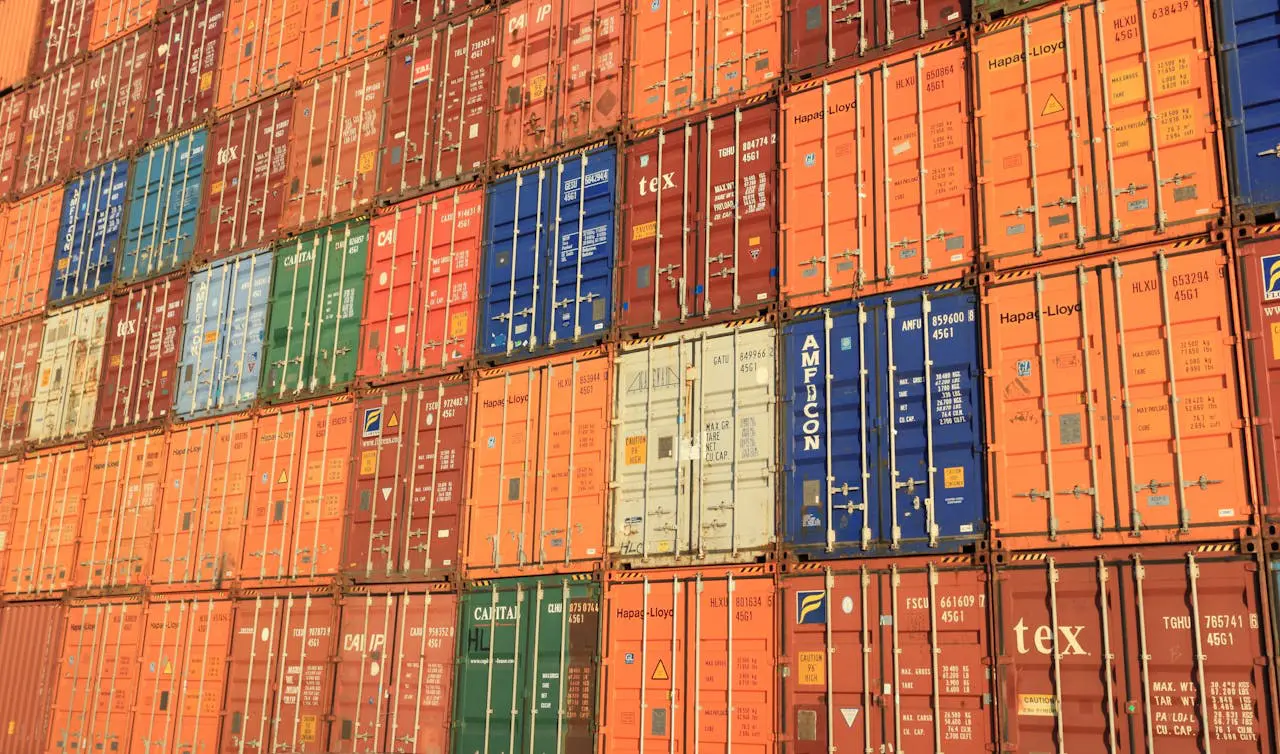Last-mile delivery is the final step of the logistics journey—the moment when a package reaches its end destination. It’s also the most expensive, complex, and failure-prone part of the supply chain. A single misstep in last-mile logistics can result in delayed shipments, lost parcels, or frustrated customers, all of which come at a steep cost.
While businesses often focus on reducing freight costs, neglecting the efficiency of last-mile delivery can lead to higher expenses in the long run. Here’s why last-mile failures are so costly and what businesses can do to prevent them.
1. The Rising Costs of Failed Deliveries
A failed delivery doesn’t just mean an undelivered package—it triggers a chain reaction of costs.
Financial impacts include:
- Re-delivery fees: Every additional delivery attempt adds to operational costs.
- Increased labour costs: Drivers spend more time attempting deliveries rather than fulfilling new ones.
- Customer service burden: More failed deliveries mean more time spent handling complaints and rescheduling orders.
For businesses that rely on timely deliveries, these inefficiencies directly erode profit margins.
2. Damage to Brand Reputation and Customer Loyalty
Customers expect their orders to arrive on time and in perfect condition. When last-mile delivery fails, it’s the business—not the carrier—that customers blame. Repeated delivery failures can result in:
- Lost customers: Studies show that consumers are unlikely to reorder from brands that deliver late or lose packages.
- Negative reviews: Complaints on social media and review platforms can discourage potential buyers.
- Increased churn: A poor delivery experience can drive loyal customers to competitors with better logistics operations.
3. The Hidden Cost of Inefficient Routing
Poor last-mile logistics often stem from inefficient route planning. Without optimised delivery routes, drivers may take longer than necessary to complete deliveries, leading to:
- Higher fuel consumption.
- Increased wear and tear on vehicles.
- Fewer deliveries per shift, reducing productivity.
Businesses that fail to invest in route optimisation technology pay more for each completed delivery.
4. Missed Delivery Windows = Increased Storage and Handling Costs
When last-mile deliveries fail, businesses often need to store undelivered parcels or return them to distribution centres. These additional steps result in:
- Higher warehousing expenses.
- Extra administrative work to process returns and reschedule deliveries.
- Increased likelihood of lost or damaged goods.
Instead of a seamless transaction, the logistics process becomes bogged down by inefficiencies.
5. The Impact of Poor Visibility and Tracking
Customers today expect real-time tracking and proactive updates on their deliveries. Last-mile failures often occur when businesses lack visibility over their shipments, leading to:
- Customer frustration from not knowing where their package is.
- Increased support inquiries, adding pressure to customer service teams.
- Missed opportunities for businesses to proactively resolve issues before they escalate.
Investing in real-time tracking and communication improves customer experience and reduces delivery failures.
Preventing Last-Mile Failures: What Businesses Can Do
To avoid these costly inefficiencies, businesses must prioritise last-mile logistics by:
- Partnering with reliable carriers that offer proven on-time delivery rates.
- Using technology for route optimisation to reduce delivery times and costs.
- Implementing real-time tracking to provide customers with clear delivery updates.
- Offering flexible delivery options like scheduled time slots or alternative drop-off points.
Final Thoughts
A business’s reputation is only as strong as its last-mile delivery performance. What seems like a small logistical failure can have major financial and customer loyalty consequences.
Rather than focusing solely on cost-cutting measures, businesses should invest in reliable last-mile solutions that enhance efficiency, reduce expenses, and keep customers satisfied.





